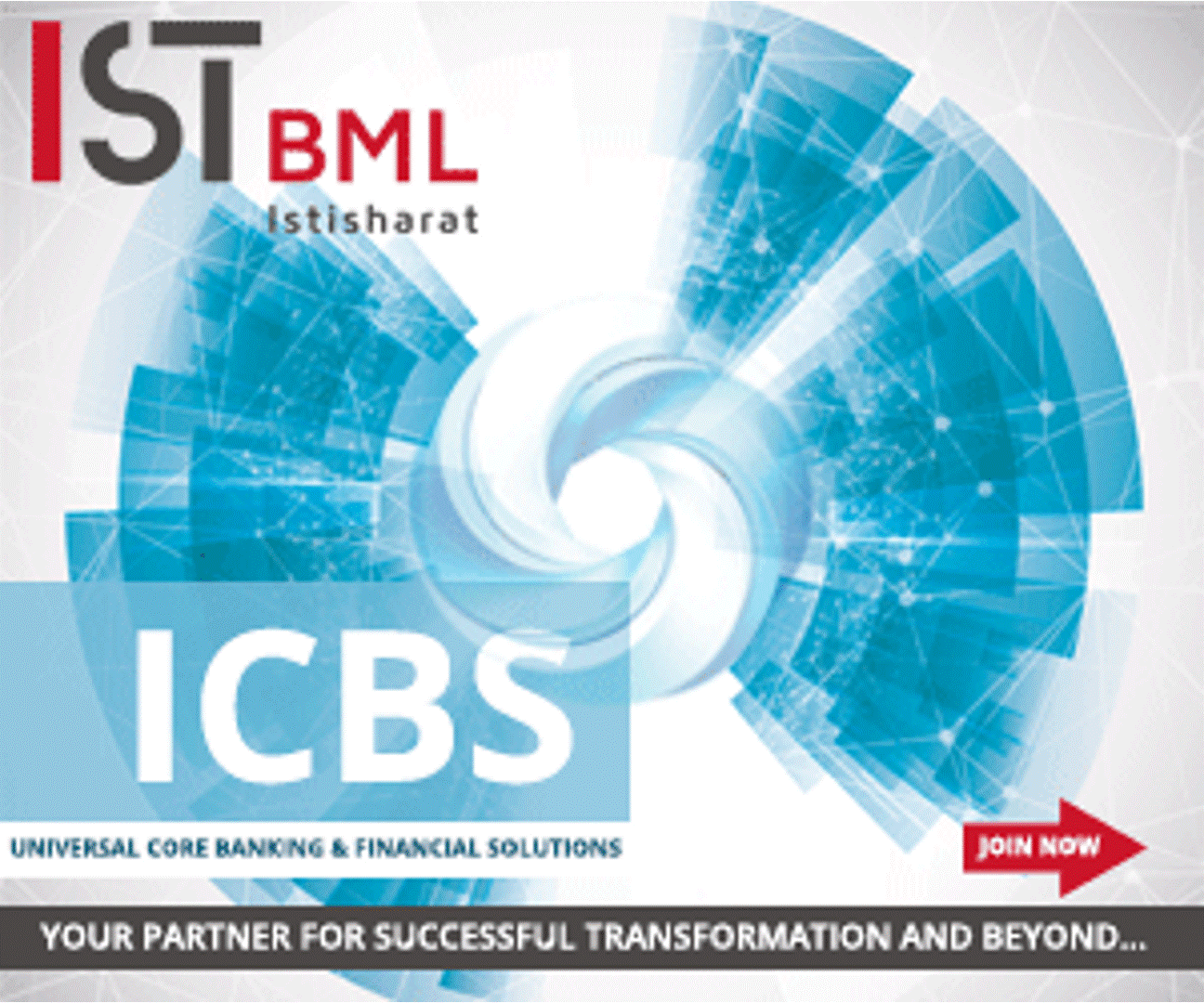 Back
Back
FinTech and financial inclusion in Bangladesh: deputy MD at the IMF
By Puja Sharma

Digitalisation is pervasive and growing in Asia-Pacific economies. With internet usage far exceeding other regions’ and supporting widespread e-commerce and fintech, it stands out. As a result, the region has become a leader in digital innovation, helping to make financial services and payment systems more accessible, efficient, faster, and cheaper for consumers, according the IMF “FinTech and Financial Inclusion and the Case of Bangladesh: Peer-Learning Series” . Where the Deputy Managing Director Antoinette M. Sayeh of IMF shared the opening remarks.
Financial inclusion gaps remain large both within and across countries in Asia and the Pacific. According to IMF research, nearly half of adults in low- and middle-income countries do not have a bank account. They are unable to borrow money from formal financial institutions more than 10% of the time. Access to credit is limited for small and medium businesses, as well as for farmers. Poverty traps and shocks are common when poor households rely on informal markets for finance.
FinTech use in Asia-Pacific is also the most uneven in the world. In areas such as mobile money, electronic payments, and government transfers, some countries are leaders, while others lag behind. In addition to the gap between the rich and the poor within a country, there is a gap between the urban and rural areas as well. Policies are also needed to protect consumers, enhance supervision, enforce privacy laws, and provide inclusive insurance.
Changing geography to Africa, which faces similar challenges. Several African economies are increasingly dependent on mobile money for their activities. A number of countries have seen notable progress in financial inclusion, including Kenya with M-Pesa, Zimbabwe with Ecocash, and South Africa with its e-wallet. As a matter of fact, nearly 46% of all mobile money accounts in the world originate in this region.
Financial services are also less accessible and used than in other regions. Africans still represent the world’s largest share of the unbanked due to low financial literacy. A majority of the population still lacks access to financial services, and gender inequality is also wide.
Using mobile financial services, Kenya, for example, has gone from 27% financial inclusion in 2016 to 83% by 2019-a huge leap in three years. As well as improving financial inclusion, Kenya’s digitalization efforts contributed to the country’s strong response to the pandemic.
In Bangladesh, financial inclusion has been a decades-long process of expanding formal finance to segments of the population that previously had limited access. Originally focusing on microcredit, this journey has expanded to encompass all aspects of financial inclusion, from access to quality.
In Bangladesh, mobile phones are commonly used for financial transactions. Mobile money, branchless banking, and digital financial services have become commonplace for people.
Small and medium-sized businesses have been enabled by government policies that support women entrepreneurs. There has been progress not only in urban areas, but also in rural areas, thanks to policies such as credit floors and refinancing lines at concessional rates.
This momentum needs to be maintained, access needs to be expanded more, and gender gaps need to be bridged. In their latest financial inclusion strategy, Bangladeshi authorities lay out a rich policy tapestry that includes aspects such as credit growth in priority sectors, MSME financing, gender equity, access to financing in rural areas, and green financing.
With significant investments in digital infrastructure, Bangladesh has emerged with many new companies that have built on that infrastructure. Continued efforts to reduce the cost of financial services by focusing on credit bureaus, asset registration, payment systems, and microfinance institutions. In order to achieve some of these goals, collaboration with private sectors will be crucial, but the right balance must be struck between encouraging innovation and maintaining financial stability.
IBSi FinTech Journal
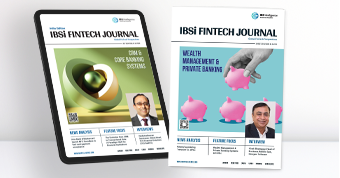
- Most trusted FinTech journal since 1991
- Digital monthly issue
- 60+ pages of research, analysis, interviews, opinions, and rankings
- Global coverage
Other Related News
Related Reports
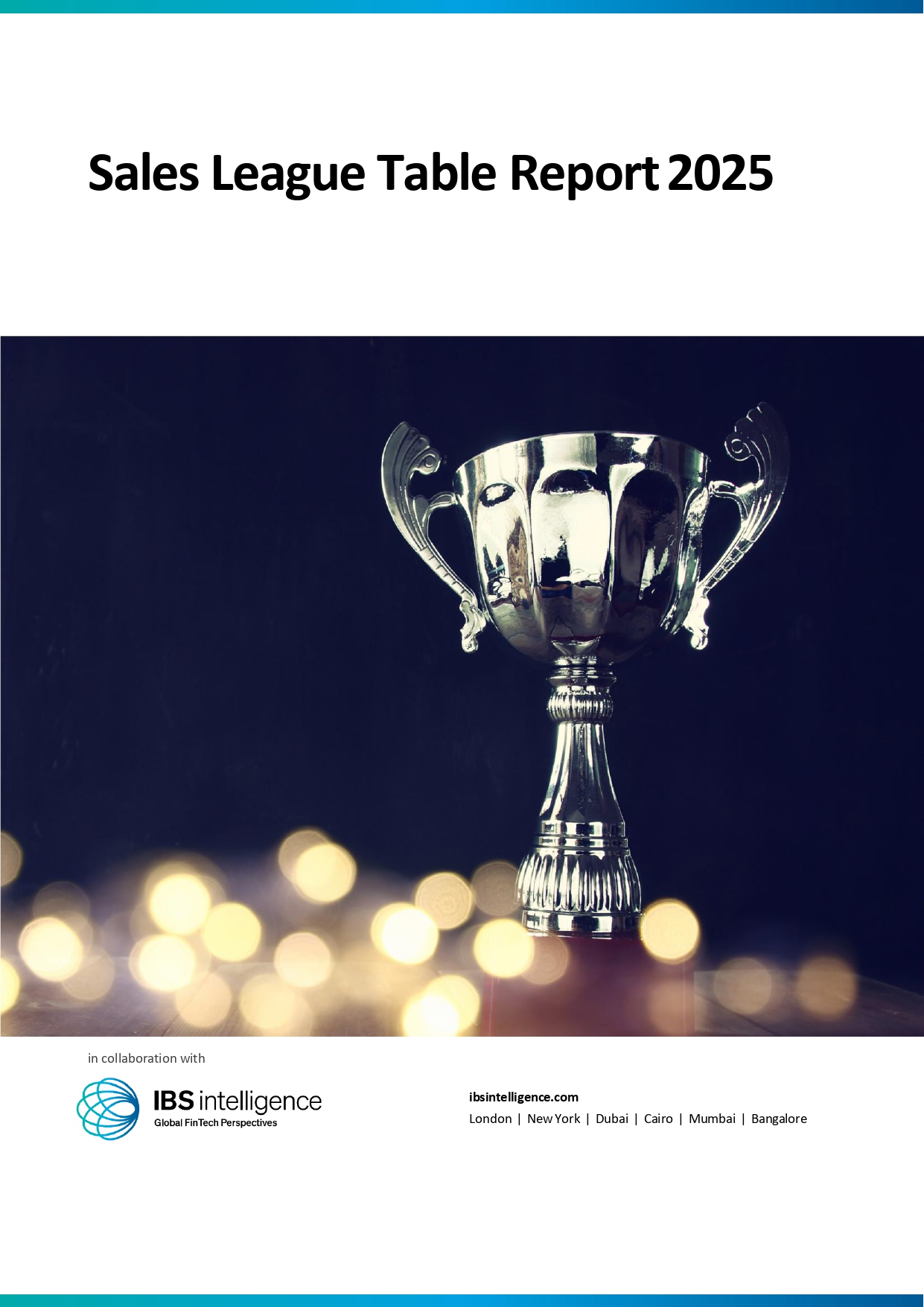
Sales League Table Report 2025
Know More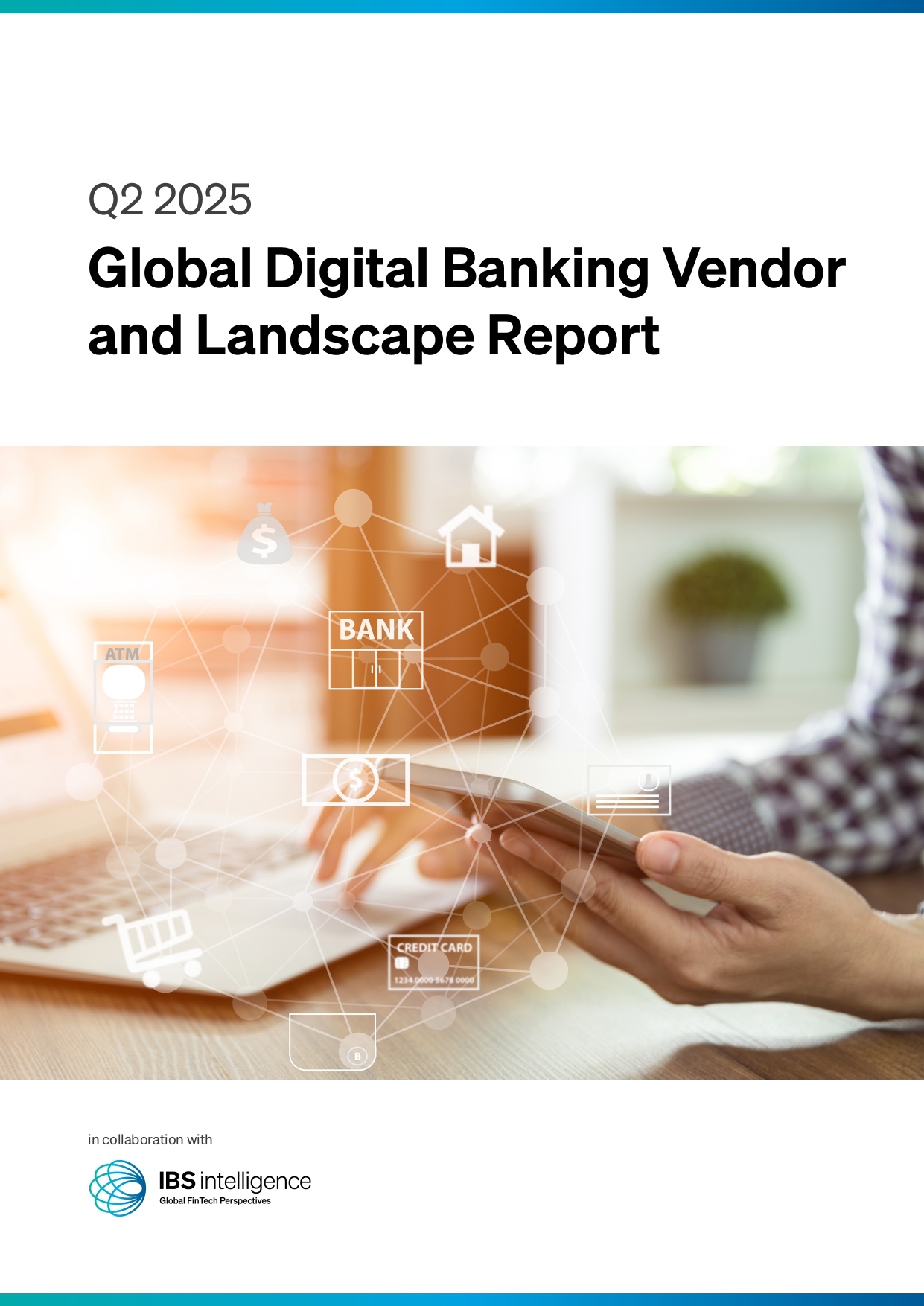
Global Digital Banking Vendor & Landscape Report Q2 2025
Know More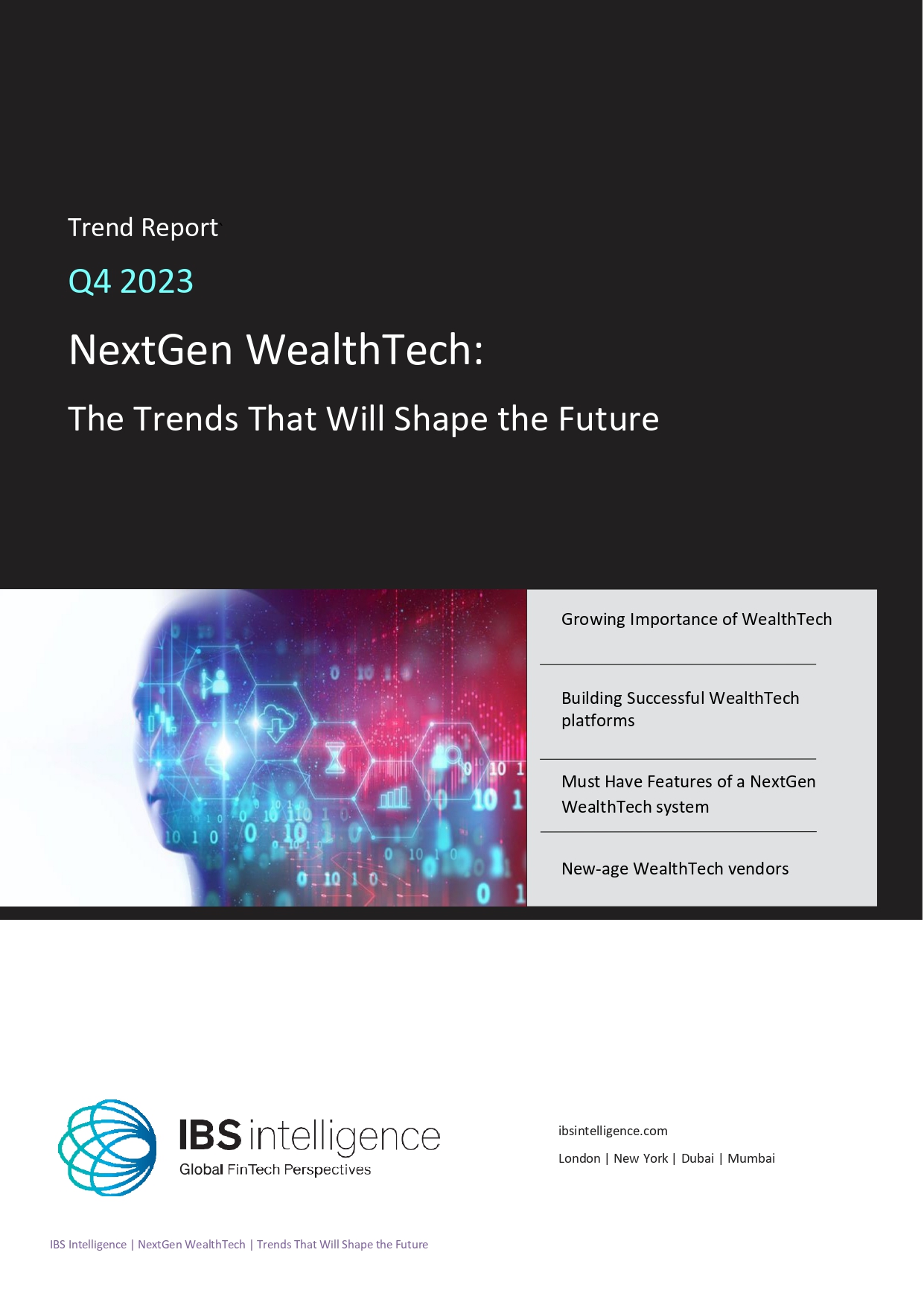
NextGen WealthTech: The Trends To Shape The Future Q4 2023
Know More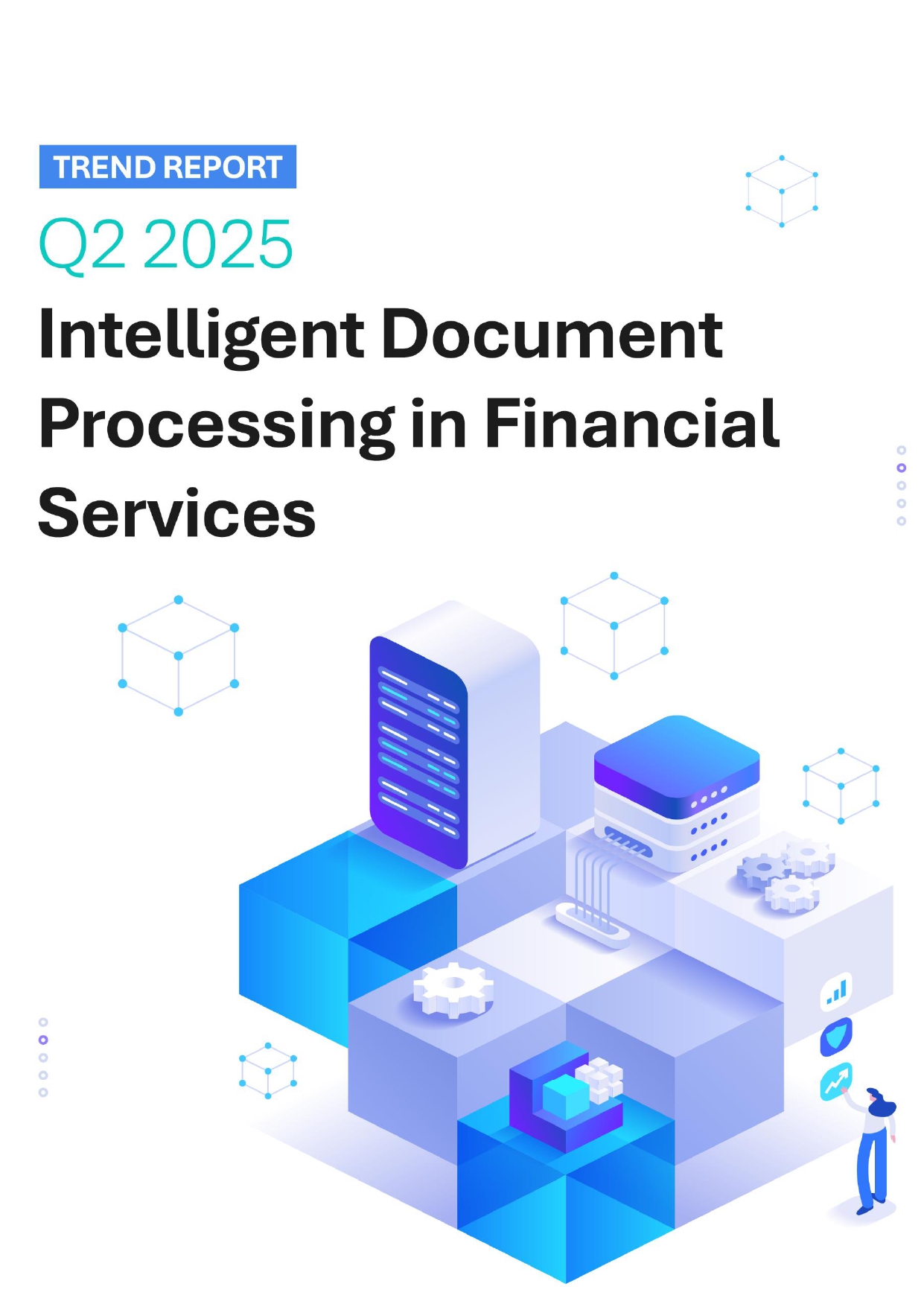
Intelligent Document Processing in Financial Services Q2 2025
Know More

